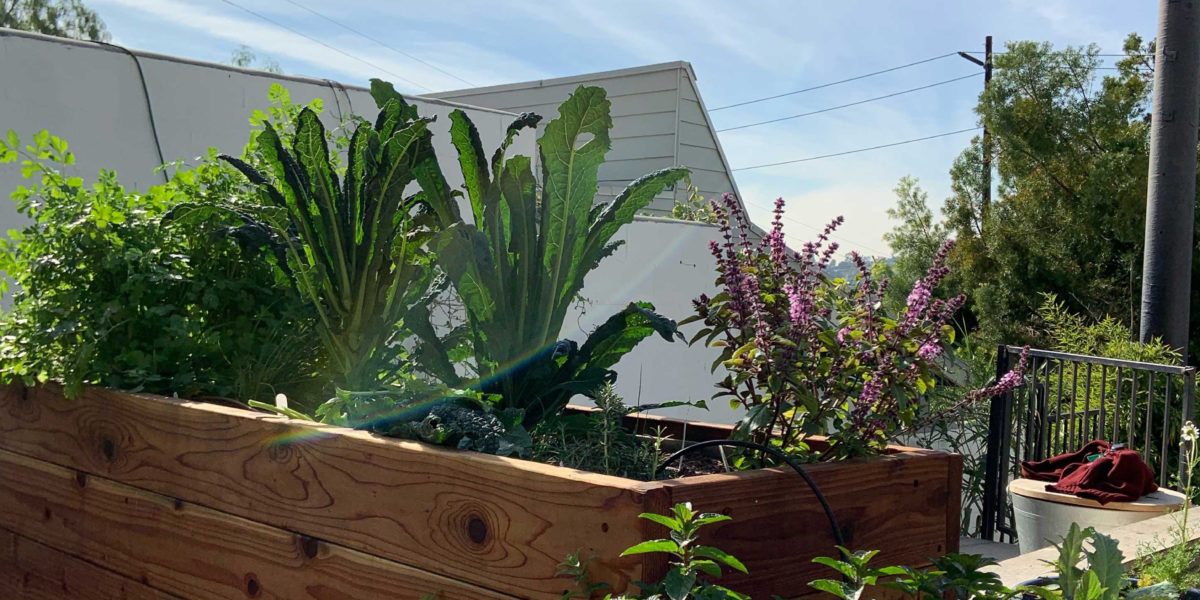What Does City Blooming Mean?
The Greatest Guide To City Blooming
Table of ContentsWhat Does City Blooming Mean?The Greatest Guide To City BloomingThe Ultimate Guide To City BloomingSome Of City BloomingCity Blooming Can Be Fun For Everyone
Intrigued in expanding food available for sale in the City of Chicago? Thinking about starting a community garden? Modifications to the Chicago Zoning Regulation permit agricultural usages like neighborhood yards and city ranches in several components of the city. Below is a list of frequently asked concerns pertaining to the guidelines and regulations that growers ought to take into consideration when preparing a metropolitan agriculture job.
The zoning amendment does not customize any type of other codes taking care of composting, structure permits, purchasing or leasing City possessed home, service licenses or environmental contamination. There are existing codes that control these problems and they remain in full impact and might be applicable to your project. Community yards are generally possessed or managed by public entities, civic organizations or community-based companies and maintained by volunteers.
Urban ranches expand food that is planned to be marketed, either on a nonprofit or for-profit basis. Due to their business objective, city farms require an organization certificate.
The Buzz on City Blooming
Composting is allowed yet just for plant product that is created and made use of on site. The quantity of garden compost product can not exceed 25 cubic yards at any type of provided time according to the requirements in 7-28-715 of the City's Municipal Code. Yes. Since the soil at most brand-new garden websites needs amending, compost, dirt, timber chips, or various other products can be obtained to build or boost the growing room - fruit and vegtables.

If a structure license is called for then the hoophouse will certainly be considered an accessory building. You can learn more regarding the building license needs by speaking to the Department of Buildings. The 25,000-square-foot size restriction is meant to avoid a single area garden from dominating a given block or diminishing the block's existing household or business personality.
The restriction does not apply to yards found in Public Open Space (POS) districts. Can there be more than one area garden that is 25,000 square feet on a single block? Yes. The size limitation puts on private gardens, not to specific blocks. No. Fencing is not called for, nevertheless, yards that have large parking lot may be called for to mount fence or various other landscaping attributes.
Top Guidelines Of City Blooming
B1 & B2 areas call for that all business usage activities be performed inside. Is fencing required for urban ranches? Fences might be required, along with landscape design and screening, for certain car parking areas and outdoor job or storage space locations depending on area and the certain activity taking location.
Urban ranches need structure authorizations and zoning authorizations prior to construction (urban gardening). Other forms of city testimonial might be needed depending on certain structures, activities, dimension, landscaping, licensing, public health and stormwater monitoring problems.
Yes. The type of certificate is figured out by what is happening at the site. The Division of Company Matters and Consumer Defense can assist determine the specific sort of company license that's needed. Yes. Off road auto parking is required for the majority of industrial projects in Chicago. The called for variety of parking areas is based on the variety of staff members servicing site and not the square video footage of the growing room.
The Basic Principles Of City Blooming

Yes. A metropolitan ranch can offer garden compost product generated on site, however, the procedure must follow the guidelines in 7-28-715 of the Chicago Municipal Code. Yes. Aquaponic systems are allowed inside on city ranches in many zoning districts. Nevertheless, a zoning review and building license is needed in order to mount structures or systems and a service permit is called for as defined over.
Up to five hives or colonies of honey may be kept as an accessory use. Beekeepers should register with the Illinois Division of Farming. To learn more concerning the proposed zoning amendment you might get in touch with the Department of Real Estate and Economic Growth, Bureau of Preparation and Zoning at 312.744.8563.
Farming in cities and city areas An urban ranch in Chicago. Urban agriculture refers to various techniques of growing. https://www.twitch.tv/cityblooming/about, handling, and dispersing food in urban areas. The term additionally applies to the location tasks of animal husbandry, aquaculture, beekeeping, and cultivation in an urban context. Urban agriculture is distinguished from peri-urban agriculture, which takes location in rural locations at the edge of suburban areas.
The Definitive Guide for City Blooming
, who look for to develop social networks started on a shared ethos of nature and neighborhood holism. These networks can create by method of official institutional assistance, coming to be integrated into neighborhood town planning as a "shift town" motion for sustainable city advancement.
The extra straight access to fresh veggie, fruit, and meat products that might be understood via urban agriculture can improve food protection and food safety and security while Find Out More decreasing food miles, resulting in reduced greenhouse gas emissions, thereby adding to climate adjustment mitigation. Some of the very first evidence of metropolitan agriculture comes from Mesopotamia.